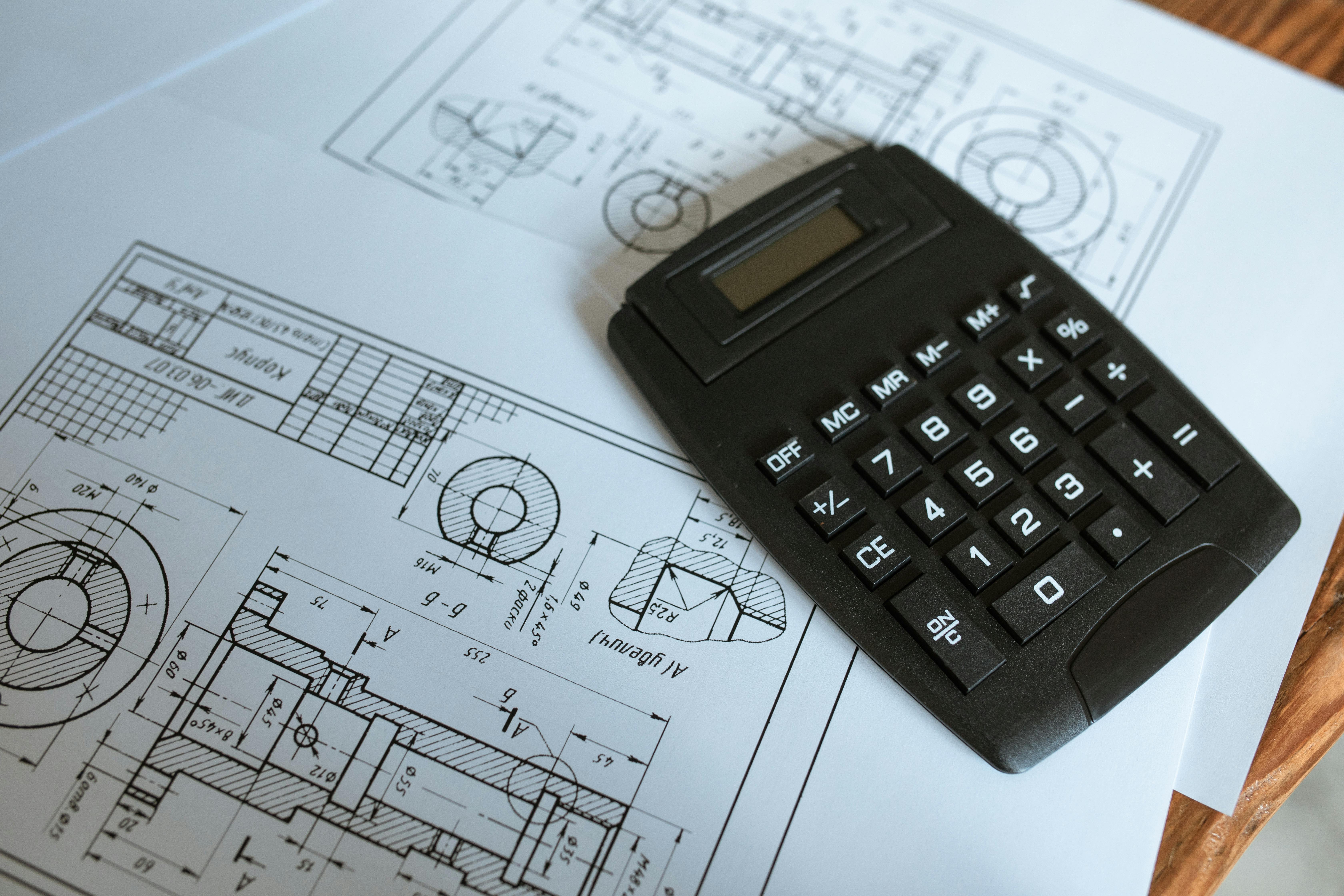
Decoding your credit report
admin
- 0
Mistakes happen!
Several studies published in the early 1990s by statewide Public Interest Research Groups (PIRGs) of nonprofit consumers found that some credit reports contained serious errors and that credit reporting agencies often refused to correct them.
In the years 1990, 1991, and 1992, credit reporting complaints were the top complaint to the Federal Trade Commission (FTC). Other studies by the Consumers Union (editors of Consumer Reports magazine) and an independent credit reporting association reinforced the PIRG’s findings.
In 1998, the PIRG did a follow-up report and found that
29% of consumers, or nearly a third, had serious enough errors on their credit reports that they could cause denial of credit or other adverse actions.
In 2000, a Consumers Union study found similar results.
A massive study completed in 2002 by the Consumer Federation of America (CFA) conducted in conjunction with the National Consumer Reporting Association, a group of small independent credit bureaus had further disappointing results. The CFA / NCRA report based on a review of 500,000 consumer reports found that:
29% of consumers had variations of 50 points or more in their credit scores derived from credit reports from each of the three major credit reporting agencies. The conservative estimate is that at least eight million Americans are at risk of being lost in the subprime and high-cost loan group.
All errors are not the responsibility of the credit bureaus.
According to the PIRG
The staff of the Federal Reserve Board of Governors also did a similar large study of 248,000 reports and also found errors in the credit reporting data. The Fed found that 70% of consumers had at least one business line account with incomplete information. This inaccurate information can deflate a consumer’s credit score.
In fact, in testimony before Congress in 2003, Captial One admitted that it routinely retains limiting credit limits, which deflates its clients’ credit scores, limiting their ability to shop around for the best terms. .
Even the massive Sallie Mae, which securitizes student loans for the secondary market, has retained a positive repayment history. Although it claims to have changed its practices, the negative effects on young borrowers who have fewer credit accounts or business lines in their favor are negative.
Errors to look for
Accounts that are incorrectly marked as delinquent
Accounts incorrectly listed as belonging to collections
Enumerated accounts that do not belong to the consumer, current or not.
Bankruptcies, tax ties and other judgments that do not belong to the consumer or that are still listed as open even though they have been resolved.
Information mixed by the credit bureau in files containing similar names or addresses, whether belonging to strangers, housemates, relatives and / or spouses.
Inaccurate personal information.
Cleared accounts reporting an outstanding balance due.
Closed accounts reported as open.
Multiple reports from the same account.
Reported late payments that you are not aware of.
Inaccurate credit limits.
These are ALL things that can be quite common on credit reports. Make sure you are always up to date with your credit. A great way to stay up-to-date is to sign up for Score Watch, it is a MYFICO program.

